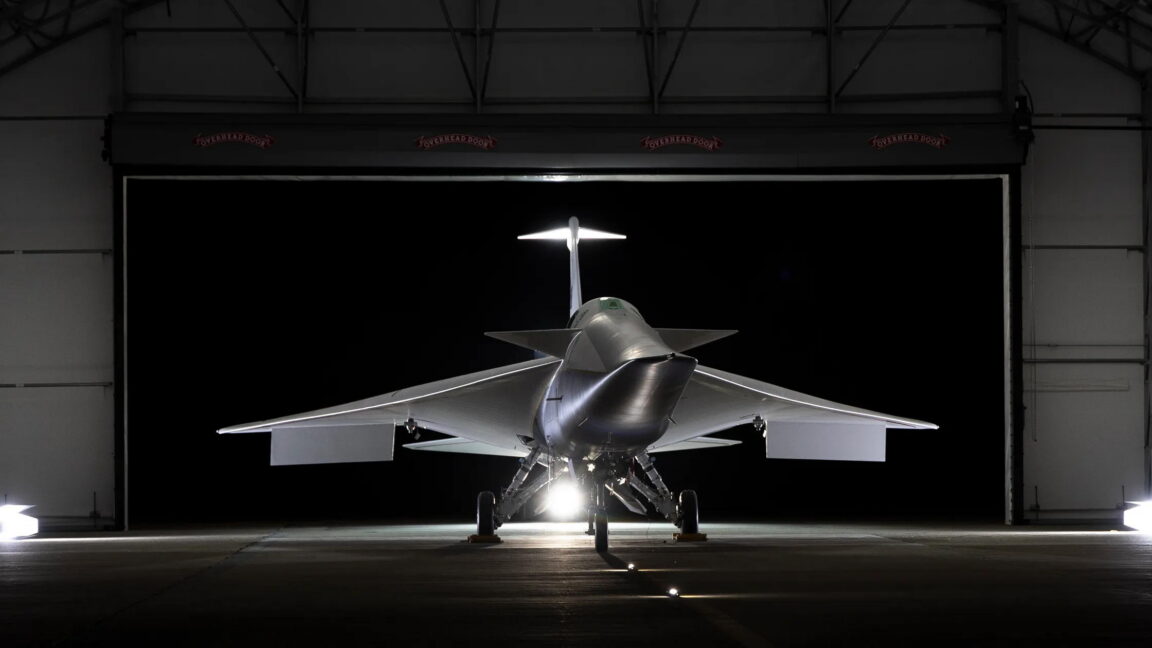
"About an hour after sunrise over the Mojave Desert of Southern California, NASA's newest experimental supersonic jet took to the skies for the first time on Tuesday. The X-59 Quesst (Quiet SuperSonic Technology) is designed to decrease the noise of a sonic boom when an aircraft breaks the sound barrier, paving the way for future commercial jets to fly at supersonic speeds over land."
"Commercial planes are prohibited from flying at supersonic speeds over land in the US due to the disruption that breaking the sound barrier causes on the ground, releasing a loud sonic boom that can rattle windows and trigger alarms. The Concorde, which was the only successful commercial supersonic jet, was limited to flying at supersonic speeds only over the oceans."
"The X-59 will generate a lower "sonic thump" thanks to its unique design. It was given a long, slender nose that accounts for about a third of the total length and breaks up pressure waves that would otherwise merge on other parts of the airplane. The engine was mounted on top of the X-59's fuselage, rather than underneath as on a fighter jet, to keep"
The X-59 Quesst completed its inaugural flight over the Mojave Desert, validating airworthiness and safety during an hour-long test. The aircraft was built by Lockheed Martin's Skunk Works and flown by NASA lead test pilot Nils Larson, taking off from US Air Force Plant 42 in Palmdale and landing near NASA's Armstrong Flight Research Center in Edwards. The X-59 is designed to reduce the loud sonic boom to a quieter 'sonic thump' through a long, slender nose that breaks up pressure waves and a top-mounted engine to alter pressure-wave formation. Successful tests aim to enable supersonic commercial flight over land.
Read at Ars Technica
Unable to calculate read time
Collection
[
|
...
]